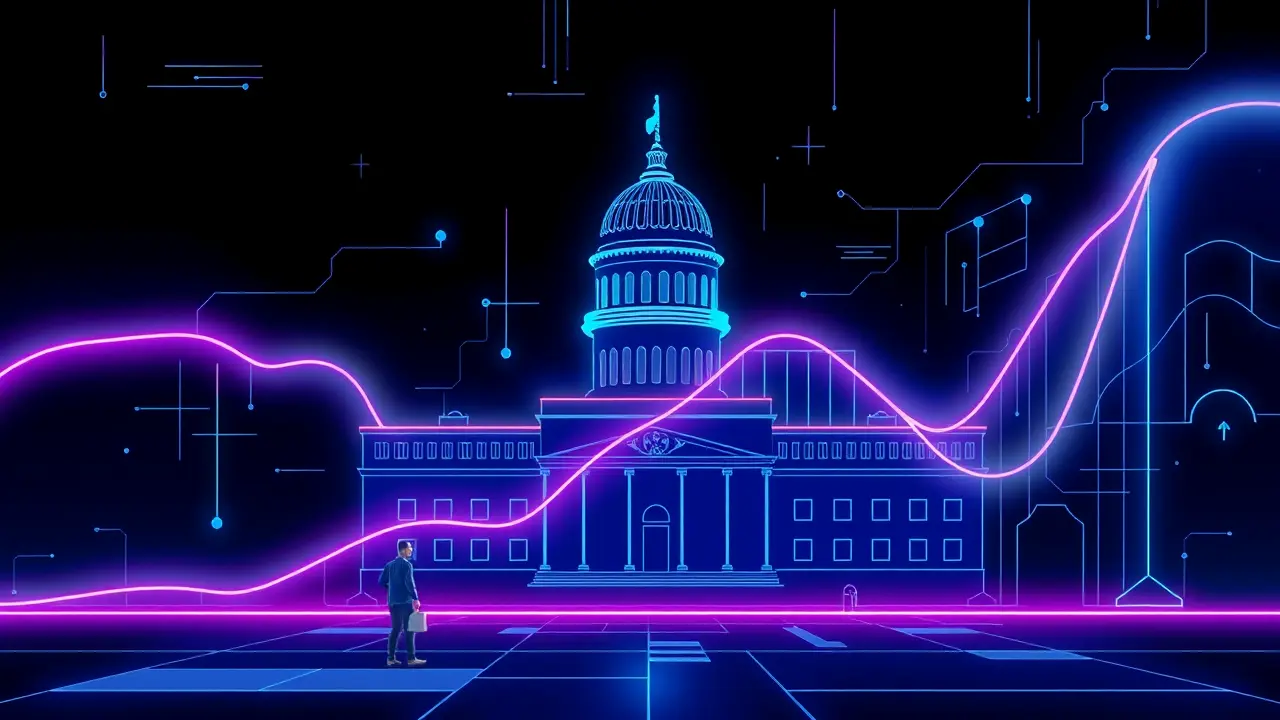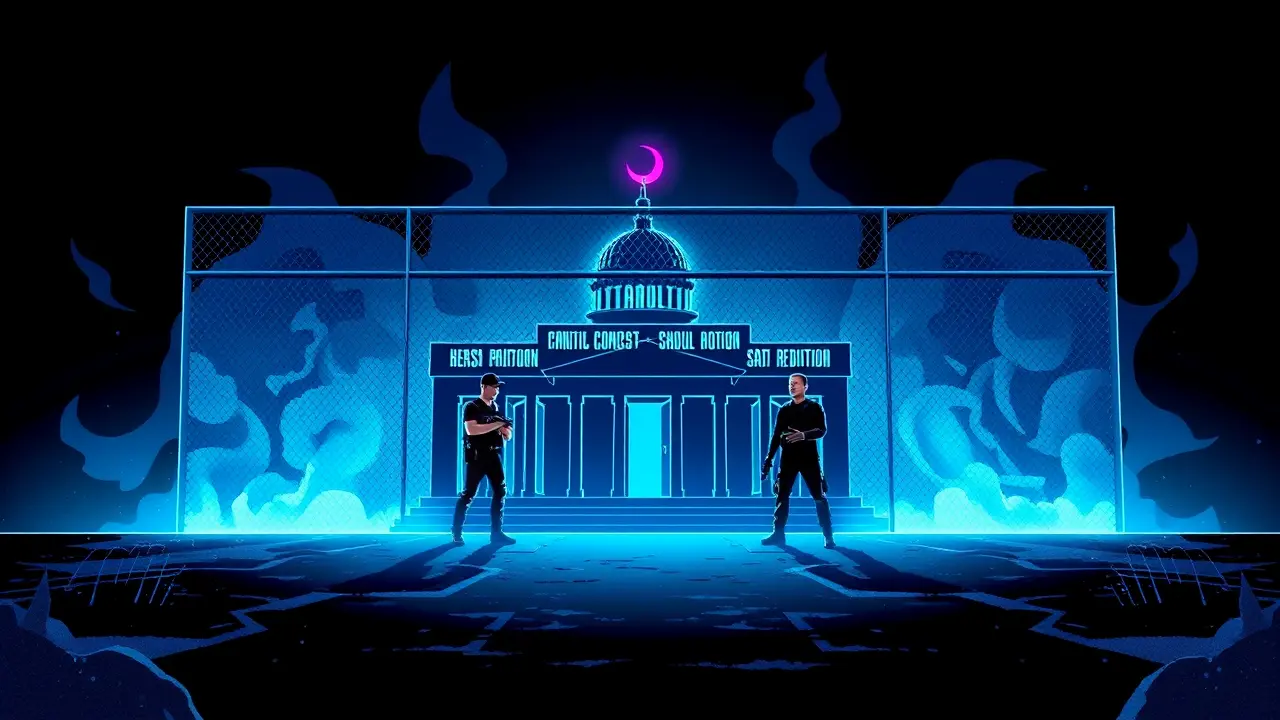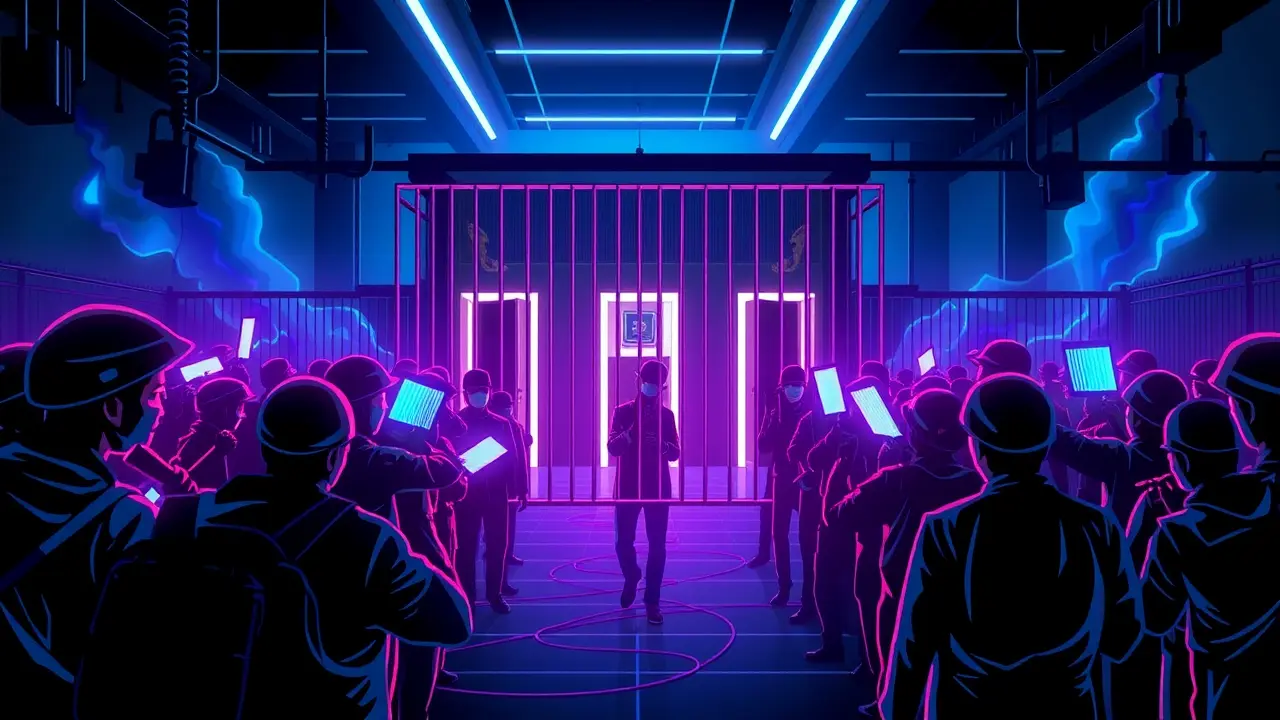
PoliticslegislationHealthcare Policies
Rising Health Insurance Premiums Amid Political Standoff
RO
Robert Hayes
14 hours ago7 min read6 comments
The American health insurance landscape is confronting a severe affordability crisis, a development that has become the central point of political contention in the ongoing government shutdown. For the roughly half of the population who receive coverage through their employers, premiums are projected to increase by an average of 6 percent this year, culminating in a staggering annual cost of approximately $27,000 for family coverage.This represents a 26 percent cumulative increase since 2020, with rates now more than double what they were in 2010, a historical comparison that underscores the relentless upward trajectory of healthcare costs. More acutely, the 24 million Americans who purchase insurance through the Affordable Care Act (ACA) marketplaces are facing a far more dramatic financial shock, with premiums set to surge by an average of 30 percent next year.This sharp increase is a direct consequence of a congressional impasse, as Democrats and Republicans remain deadlocked over a deal to extend enhanced federal subsidies, a legislative failure that has now been weaponized in the broader battle over government funding. This political standoff echoes historical precedents where domestic policy has been held hostage to broader budgetary wars, reminiscent of the government shutdowns of the 1990s, though the stakes for household finances are now considerably higher.The ACA, signed into law fifteen years ago, has one unambiguous success: it has driven the nation's uninsured rate down to a historic low of around 8 percent, covering more than 40 million people through its marketplaces and Medicaid expansion. However, its very name—the Affordable Care Act—has become a point of political vulnerability, as the law was fundamentally architected to expand coverage, not to serve as a comprehensive cost-control mechanism.The vast majority of its spending was earmarked for subsidies and Medicaid, delivering clear benefits to its target populations by prohibiting denials for pre-existing conditions and reducing medical bankruptcies, with studies crediting Medicaid expansion with saving tens of thousands of lives. Yet, for the vast majority of Americans on employer-sponsored plans, the ACA's impact on affordability has been marginal, offering diffuse benefits like free preventive services but failing to arrest the systemic rise in costs.The underlying pathology of the American healthcare system—where the nation spends more per capita than any other developed country yet achieves worse health outcomes—remains untreated. The ACA included pilot projects for payment reform, and it likely deserves some credit for a moderation in the growth rate of national health spending and a flattening of Medicare expenditures.However, these are mere dents in a seemingly immutable cost curve; the rate of 'underinsurance,' where individuals with coverage still cannot afford their out-of-pocket medical bills, has been steadily climbing for years. The current political impasse reflects a deeper ideological schism.Democrats, for whom the defense and expansion of the ACA has been a winning issue since the failed Republican repeal attempt in 2017, argue that allowing subsidies to lapse would make healthcare unaffordable for millions, leading to skipped medical care and worse health outcomes. They frame the government's responsibility to ensure coverage as a moral imperative, a position supported by over 60 percent of the public.Republicans, conversely, view the persistent rise in costs as validation of their long-held belief that the ACA was fundamentally flawed, and they are reluctant to pour more money into a system they see as broken. Their general policy prescriptions lean towards deregulation, such as reviving high-risk pools, an approach that risks recreating the very market failures the ACA was designed to fix, though a growing faction within the party has shown interest in regulating specific prices, such as for prescription drugs.The path forward requires moving beyond these entrenched positions to address the core driver of unaffordability: an irrational pricing system that pays for volume of services rather than value and patient outcomes. While there have been halting experiments with value-based contracts, building the political momentum for systemic change is daunting, given the powerful health care industry lobbies that benefit from the status quo.The eventual end of the shutdown will likely result in another temporary Band-Aid, an extension of subsidies that merely postpones the inevitable reckoning. Until policymakers muster the political will to tackle the structural inefficiencies and perverse incentives that make American healthcare uniquely expensive, patients will continue to feel the financial squeeze with every doctor's visit and insurance renewal, trapped in a system where coverage does not guarantee affordability.
#health insurance
#premiums
#Affordable Care Act
#government shutdown
#healthcare costs
#political impasse
#featured
Stay Informed. Act Smarter.
Get weekly highlights, major headlines, and expert insights — then put your knowledge to work in our live prediction markets.
Related News
© 2025 Outpoll Service LTD. All rights reserved.









